Hip Thrusts
What is a hip thrust?
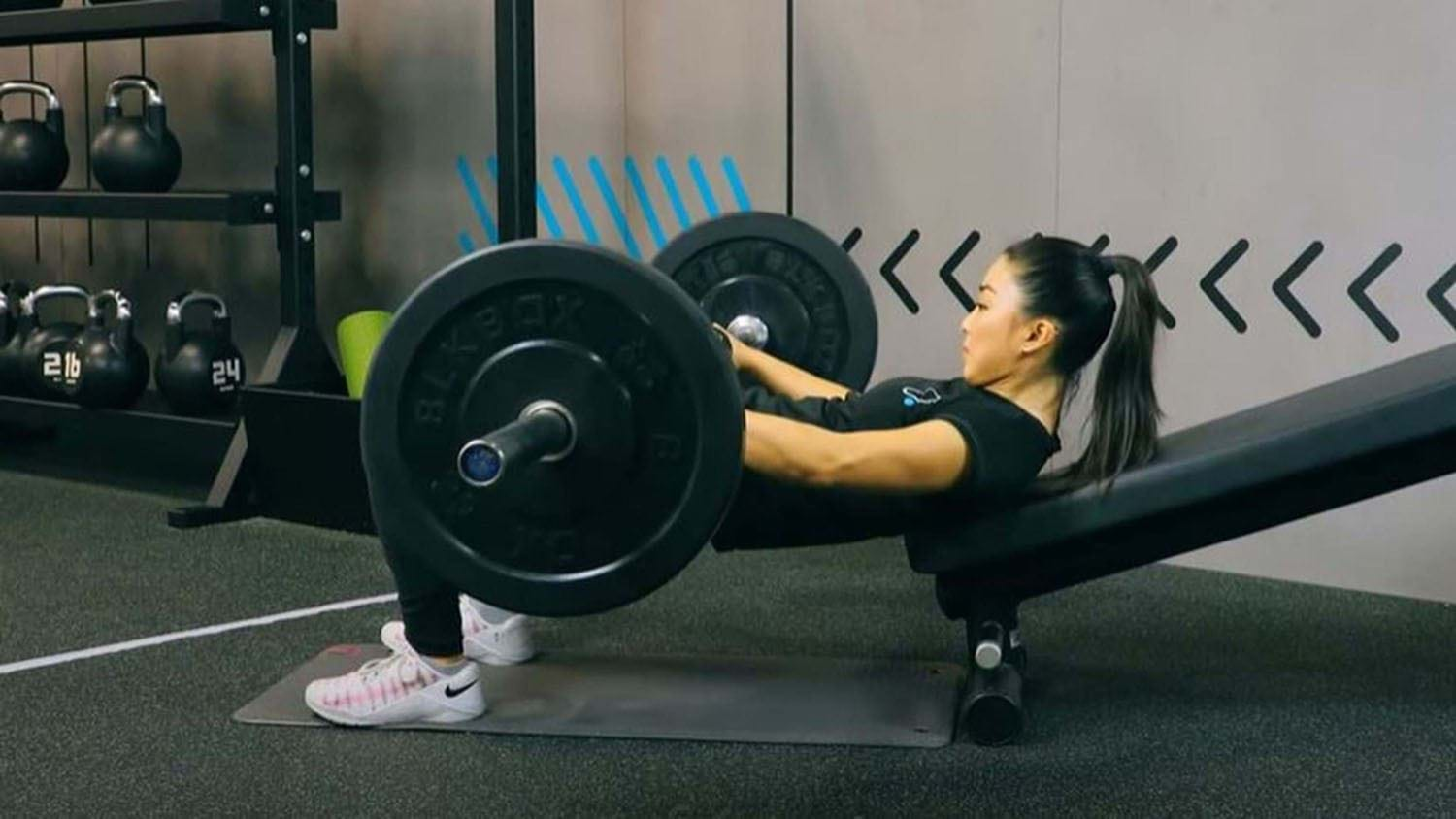
The hip thrust exercise targets the gluteus maximus, which is the biggest muscle in your body. It also activates the hamstrings, quadriceps, and adductors. Working on developing this muscle, can help to improve your overall lower body strength, size and power, through training hip extension. Since the glutes influence foot, ankle, knee, hip, pelvic, and low back mechanics, strengthening this muscle can help to improve the overall functioning of the body and help to avoid the risk of injury.
Check out our other glute exercises: Glute bridges, Glute kickbacks, Step ups
COMMONLY ASKED QUESTIONS ABOUT HIP THRUSTS
Hip thrusts are good for developing glute strength and size, which can help improve overall lower body strength and power.
How many times you perform hip thrusts will depend on your needs and goals. Performing more reps in a small window of time does not mean that you will see faster or better results. If your goal is to develop your glute muscles or improve glute strength, there are a few things worth considering such as: focus on providing the right stimulus, ensuring good form, applying progressive overland and getting adequate rest, to achieve optimal results. If you're not sure how many times would be optimal to perform this exercise, you can ask help from a personal trainer in the gym.
This depends on your needs and goals. Both exercises target the glutes and can help to develop glute strength and size. The glute bridge is typically performing with your shoulders in contact with the floor with your bodyweight acting as resistance. The hip thrust is typically performed in an upright seated position, against a bench or something to support your weight.
Some people may feel better muscle contraction with the glute bridge and some people may find that the hip thrust provides better muscle contraction which can drive their preference over which exercise they use, but that's not to say they can't both be incorporated into a workout routine
The width of your hips is mainly based on your genetics and anatomy so performing hip thrusts would be unlikely to change the width of your hips. Hip thrusts, along with other hip exercises, can help to strengthen and make your glutes appear bigger which in turn, can change the appearance of your lower body.
Hip thrust tips
- Use a barbell pad or towel for cushioning the hips, particularly if using a heavy load
- Start light and gradually increase the weight as you get stronger, focusing on executing the exercise with good technique
- Avoid overextending your back as this can put unnecessary pressure particularly on the lower back
- Focus on rotating your pelvic tilt posteriorly at the top and crunching your abs slightly or keeping your chin down to help with this
Hip Thrust Variations

The bodyweight hip thrust is great for beginners, as a rehabilitation exercise, and as part of a warm up to activate the glutes.
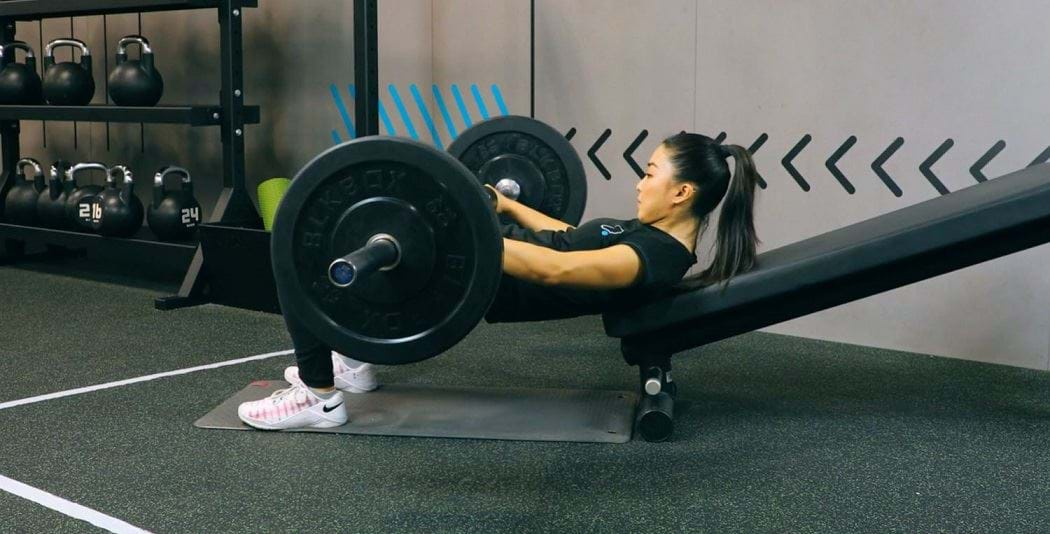
Barbell hip thrusts can be loaded heavily in 2.5kg increments, making it ideal for those who want to increase glute strength and size over time.
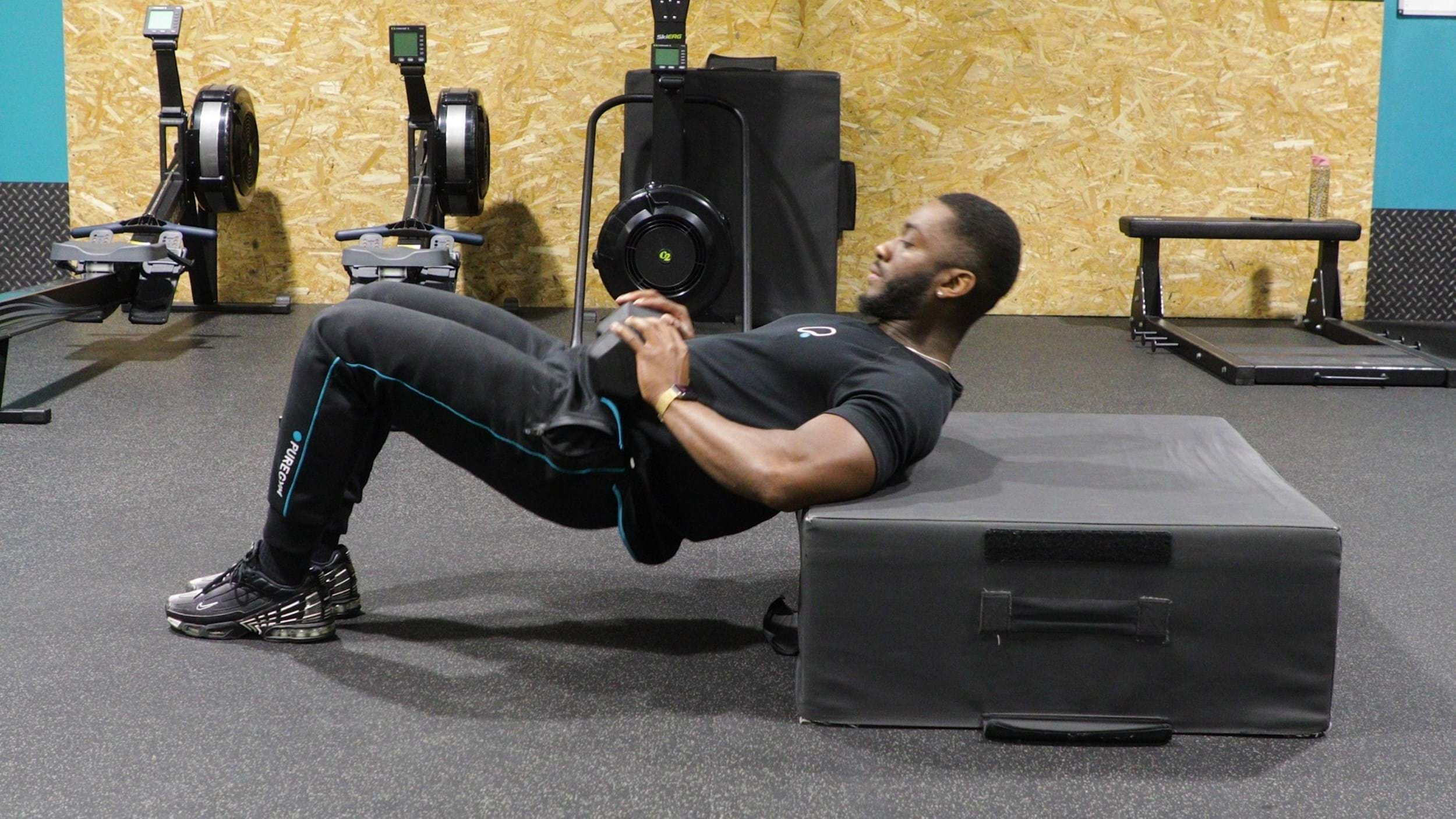
Dumbbell hip thrusts are an ideal progression from bodyweight or resistance band hip thrusts.
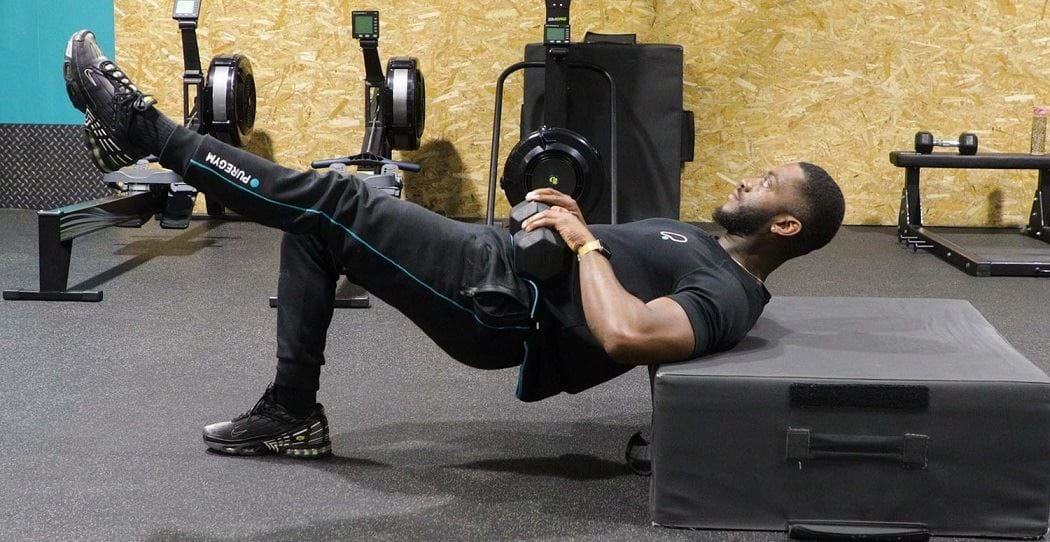
The single leg hip thrust improves strength, stability, and coordination, and helps to improve muscular imbalances.
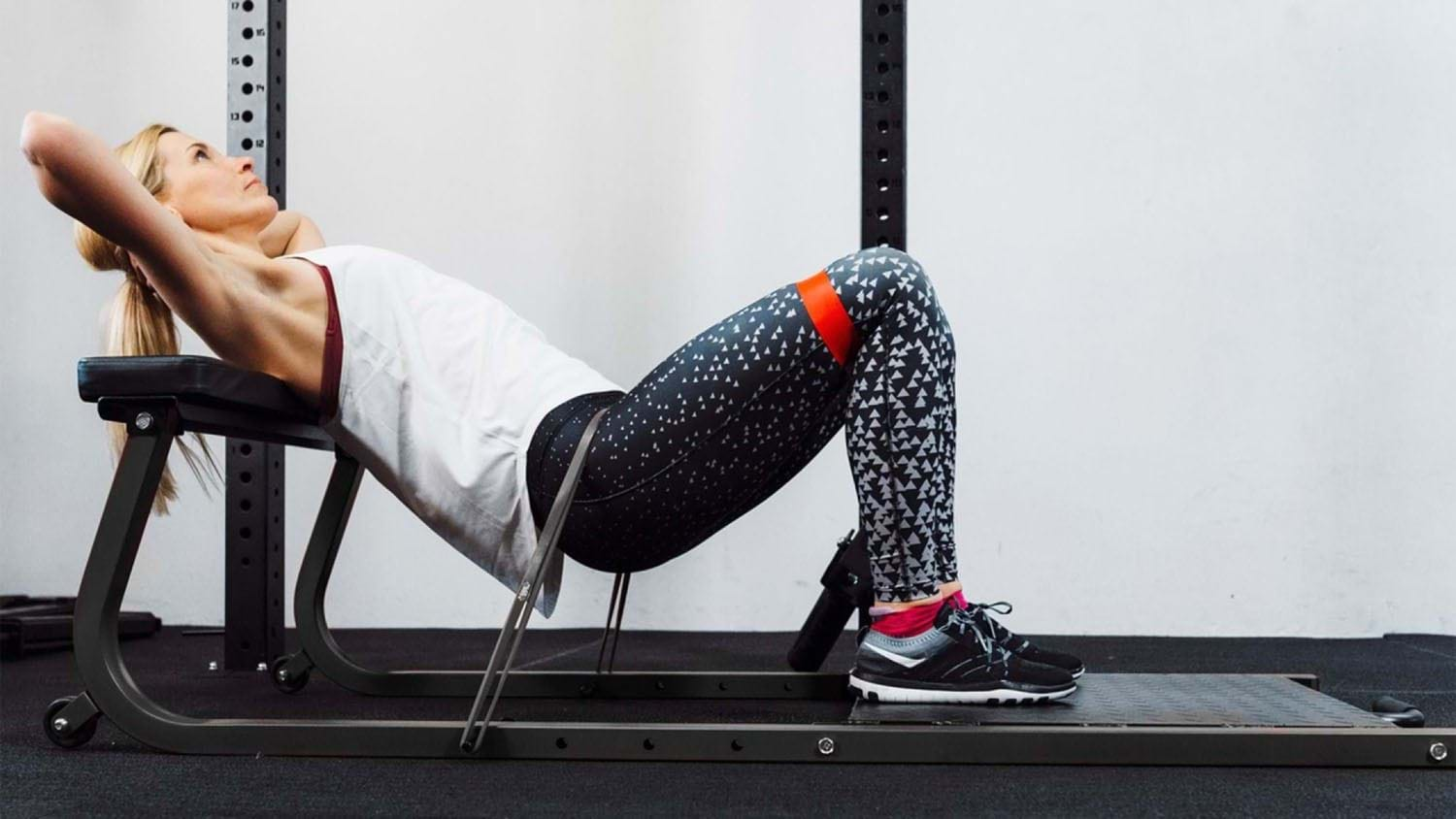
Resistance band hip thrusts are great for beginners, rehabilitation, warm ups, and can be performed anywhere.
If you’re not sure if any of the above exercises are suitable for you, please consult your doctor before you start it. Need guidance on how to perform the exercise? Ask a personal trainer at your gym.